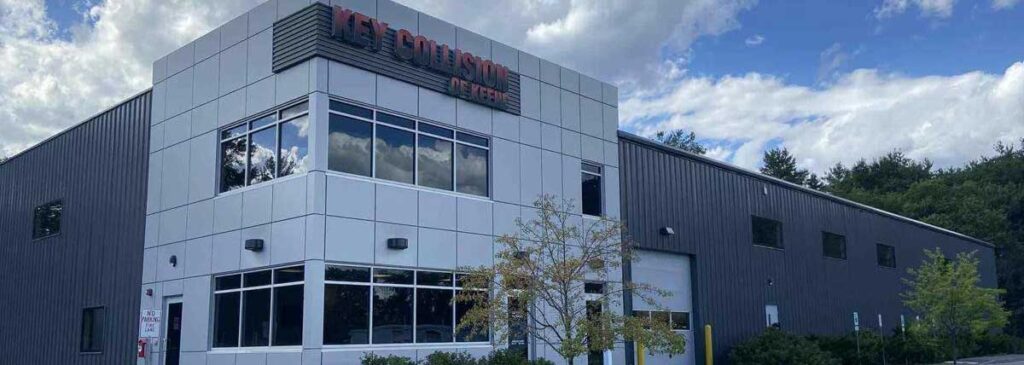Collision Repair Industry Insight
As the collision repair industry takes a moment to fully understand the impact of the recent announcement by a prominent insurance company regarding vehicle diagnostics and calibrations and what it means for business owners, we want to take this moment to reassure you that our commitment to supporting our partners across the industry is unwavering. […]
Auggie Calibrations Meet EURO NCAP Standards
Jacksonville, FL March 13, 2023 AirPro Diagnostics, the leader in remote diagnostics, scanning, programming, and cost-effective ADAS calibration solutions for the collision, glass and mechanical repair industries is excited to announce the result of yet another round of third-party testing success for the Auggie. The Auggie mobile static calibration device has now met the EURO […]
AirPro Diagnostics Named Preferred Supplier for Fix Network
Jacksonville, FL May 7, 2024 – AirPro Diagnostics, the leader in remote diagnostics, scanning, programming and cost-effective ADAS calibration solutions for the automotive repair industry, has entered into an agreement with Fix Network to supply its franchisees industry-leading diagnostics and ADAS calibrations technologies. “Having watched Fix Network grow to become a global leader in the […]
Mercury Insurance Partners with AirPro Diagnostics to Revolutionize Auto Glass Industry with Cutting-Edge ADAS Calibration Technology
FOR IMMEDIATE RELEASE Jacksonville, FL – May 00, 2024 – AirPro Diagnostics, the trailblazer in ADAS calibration solutions for the auto glass, collision, and mechanical repair sectors, proudly announces its groundbreaking affiliation with Mercury Insurance. Through this collaboration, Mercury Insurance has identified AirPro’s revolutionary “Auggie” calibration technology as the key to unlocking enhanced customer experiences, […]
AirPro Diagnostics Keeps ADAS Calibration In-House, Improves Cycle Times For Key Collision

Key Collision has purchased a full suite of AirPro products and services, which includes AirPro-employed embedded technicians in some of their shops. Key Collision started out as a small body shop in a dealership in 1992, but by the time Chief Operating Officer John Stolz began working with the company in 2019, it had grown to six shops […]
AirPro President and COO Josh McFarlin elected to SCRS board
Josh McFarlin, the President and COO of AirPro Diagnostics, was elected to the board of directors of the Society of Collision Repair Specialists (SCRS) on April 16th. This was McFarlin’s fourth nomination for a seat on the board. As the newest member of the Board McFarlin stated he would bring with him “A sense of […]
Auggie Calibrations Meet National Highway Traffic Safety Administration (NHTSA) Standards
Jacksonville, FL October 10, 2023 – AirPro Diagnostics, the leader in remote diagnostics, scanning, programming, and cost effective ADAS calibration solutions for the collision, glass and mechanical repair industries is proud to announce its Game-Changing, Auggie mobile static recalibration device has been independently tested and calibrations performed prove to meet the NHTSA vehicle requirements to […]
AirPro Diagnostics Expands to European Market – Appoints New President/COO and Chief Global Development Officer
Jacksonville, FL (July 18, 2023) – AirPro Diagnostics the leader in remote diagnostics, scanning, programming, and ADAS calibration solutions is proud to announce appointments within the executive leadership team as follows: Josh McFarlin former Executive Vice President Operations at AirPro Diagnostics has been promoted to President and Chief Operating Officer. Michael Quinn former President has […]
Collision Week: Fix Auto UK Partners with AirPro Diagnostics for ADAS Calibrations
The partnership will initially bring into the UK AirPro’s AUGGIE mobile system that enables ADAS calibrations to be easily and swiftly completed outside of the workshop by any technician. Ian Pugh, Fix Auto UK’s Managing Director who has been instrumental in developing the partnership, hailed AUGGIE as a “game changer” that not only frees up […]
AirPro Diagnostics Launches into UK at Vizion Exhibition
Colchester, UK (March 20, 2023) – AirPro Diagnostics the leader in remote diagnostics, scanning, programming, and ADAS calibration solutions is proud to announce its formal launch into the United Kingdom (UK). “We are extremely proud to launch into the UK, an important milestone in our history”, stated Lonnie Margol, CEO AirPro Diagnostics. “We look forward […]

